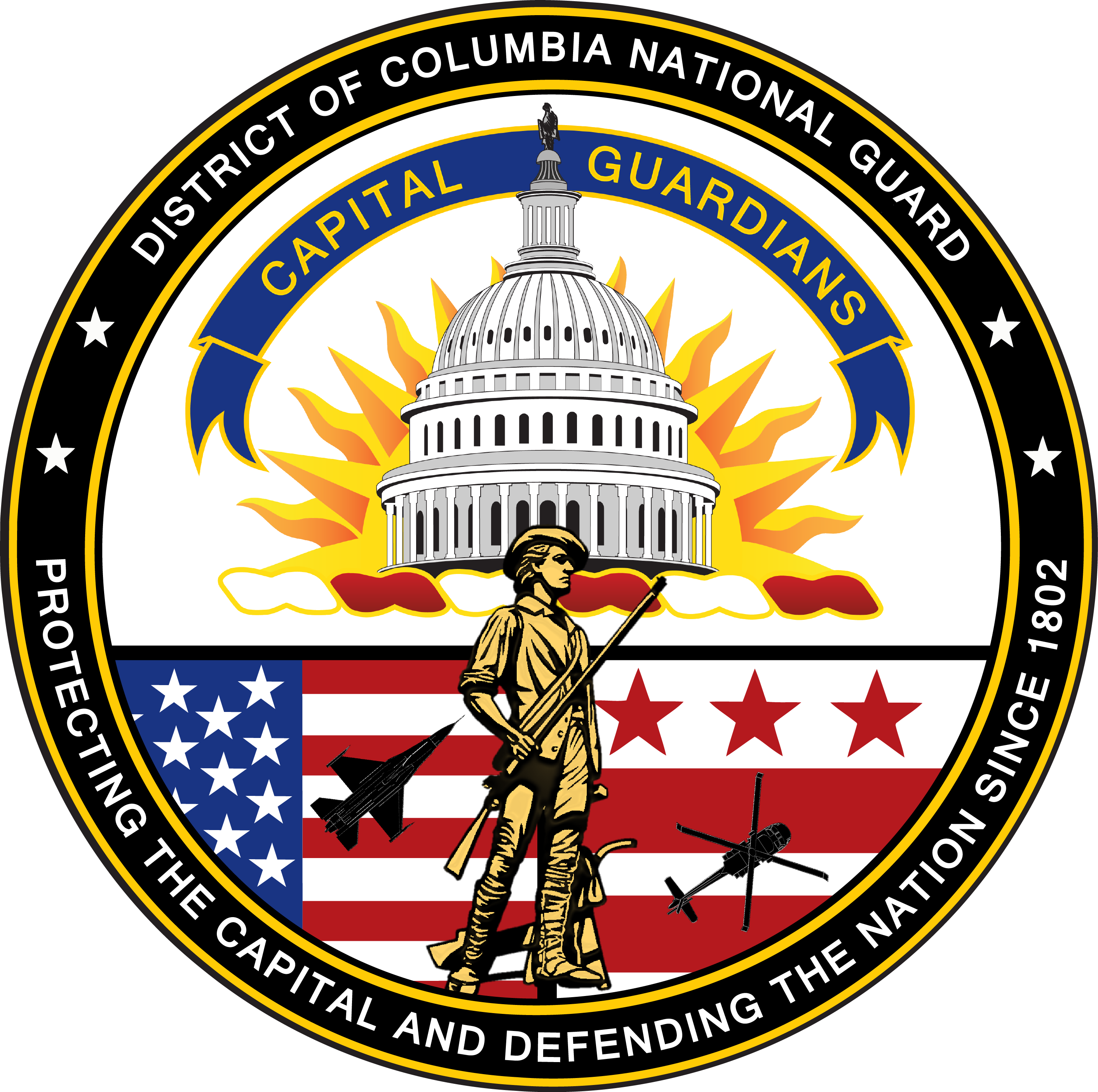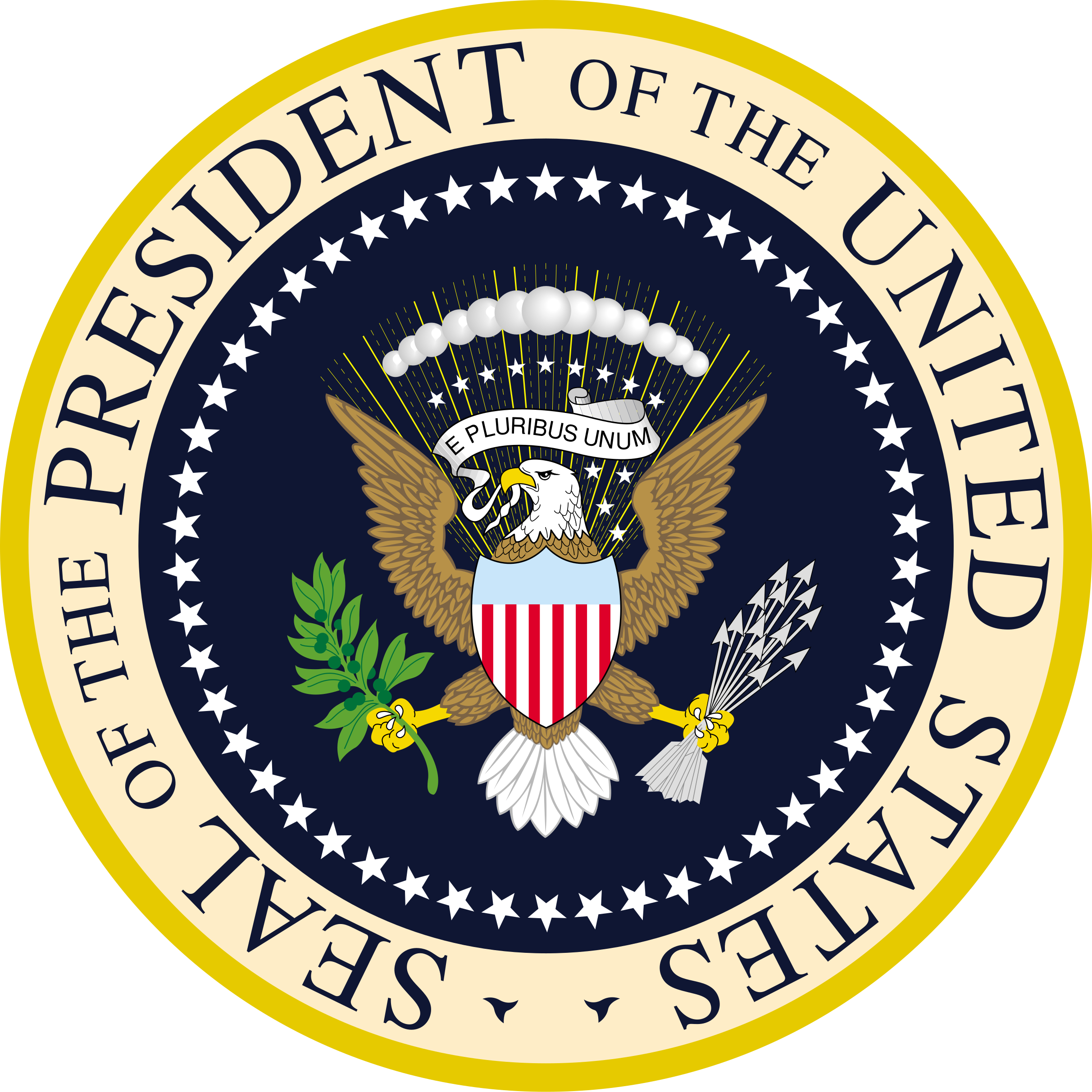- Jul 12, 2018
- 10,530
|

|
|
EXERCISE SACRED HONOR |
SECRET |

| 
DISTRICT OF COLUMBIA ARMY NATIONAL GUARD EXERCISE | 
|
|
CONTEXT
After a national security review by the National Security Council, the Department of Defense recommended to President Gore that key elements of the United States Armed Forces undergo further training to protect key points of the United States from threats both foreign and domestic. One of the units mentioned in the review was the National Guard of the District of Columbia which uniquely reports directly to the President of the United States and not a subordinate civilian executive (such as a Governor). The President approved riot/crowd control training for the D.C. Army National Guard, as well as creating a rapid-reaction unit in the D.C. National Guard that was always on standby to be deployed. From this point forward, the 21st and 22nd Military Police Battalion of the D.C. Army National Guard will always have a total of at least 600 soldiers on standby for emergency deployment. Whatever unit that is on standby will be designated the "Rapid Reaction Battalion" and will be stationed at-base. This will allow an emergency deployment within the District of Columbia in under thirty minutes while other units are mobilizing.
The training itself will include two skills: "Riot Control" and "Retaking Critical Infrastructure" and will take place at Fort Bragg in South Carolina. At the cost of the D.C. National Guard, all 1200 of the soldiers were flown to Fort Bragg to begin their training.
District of Columbia
Brigadier General Robert Litton
Brigadier General Robert Litton
| UNIT | PERSONNEL | GARRISON | |
| 21st Military Police Battalion | 600 | D.C. Armory, Washington D.C. | |
| 22nd Military Police Battalion | 600 | D.C. Armory, Washington D.C. |
DETAILS - Each battalion has the below mentioned equipment and weapons, per soldier.
Support Company
Military Police Battalion
- Equipment: x2 U.S. Combat uniform (flag patch and unit/rank/name patches included), x1 pair of Army Combat Gloves, x1 Interceptor Body Armor, x1 Advanced Combat Helmet, x1 ACU Boots and socks, x1 Army-issued Oakley sunglasses, x1 Additional Cold-Weather Army Combat Uniform; x1 Fulton MX991 flashlight; x1 AN/PRC-148 Radio (per officer not enlisted).
- Weapons: x1 M4 Carbine (MWS) and bayonet, x5 30-round clips), x1 M68CCO Red-Dot, x1 M203 grenade launcher with Indirect Fire Sight (x2 40 mm white star flare rounds, x3 40mm high explosive dual purpose rounds); x1 Beretta M9 (x2 15-round clips).
|

| 
DEPLOYMENT ORDERS | 
|
|
RIOT CONTROL
The day after all 1200 D.C. National Guard soldiers travelled to Fort Bragg and were set up in temporary living quarters, fed, and received a full night of sleep, they would begin their Riot Control training. The five parts of this training would include: Tactics, Basic Urban Riot Control, Advanced Urban Riot Control, Civil Detainment Training, and a full-blown riot simulation involving all of the troops in full riot gear.
The soldiers would first be taken to large classrooms where they would be instructed by top leadership. General riot control tactics were covered, as well as footage and lessons from past riots and cases of civil disorder from around the United States, and the world. Situations that were handled correctly were reviewed, while situations that were total failures were also reviewed. About half of this entire class covered riot situations and cases of civil disorder in the District of Columbia. There were reviews of the locations of important infrastructure such as embassies, post offices, the White House, the Capitol, and other federal buildings. Several situations were laid out in how riots in different parts of the cities could be handled and where riots were most likely to form in the city - based on where they have in the past. There was a specific focus on the National Mall, the White House, the Capitol Building, and the Supreme Court Building. Other national monuments in Washington were also covered in lesser detail. All of the soldiers were given a one-hundred page review and study guide that they could keep and use for reference. They were then tested over material that had been covered so that the Army and the National Guard could better instruct these kinds of classes in the future.
The next step of the "Riot Control" training would be over: Basic Urban Riot Control.
TACTICS
The soldiers would first be taken to large classrooms where they would be instructed by top leadership. General riot control tactics were covered, as well as footage and lessons from past riots and cases of civil disorder from around the United States, and the world. Situations that were handled correctly were reviewed, while situations that were total failures were also reviewed. About half of this entire class covered riot situations and cases of civil disorder in the District of Columbia. There were reviews of the locations of important infrastructure such as embassies, post offices, the White House, the Capitol, and other federal buildings. Several situations were laid out in how riots in different parts of the cities could be handled and where riots were most likely to form in the city - based on where they have in the past. There was a specific focus on the National Mall, the White House, the Capitol Building, and the Supreme Court Building. Other national monuments in Washington were also covered in lesser detail. All of the soldiers were given a one-hundred page review and study guide that they could keep and use for reference. They were then tested over material that had been covered so that the Army and the National Guard could better instruct these kinds of classes in the future.
The next step of the "Riot Control" training would be over: Basic Urban Riot Control.
|


